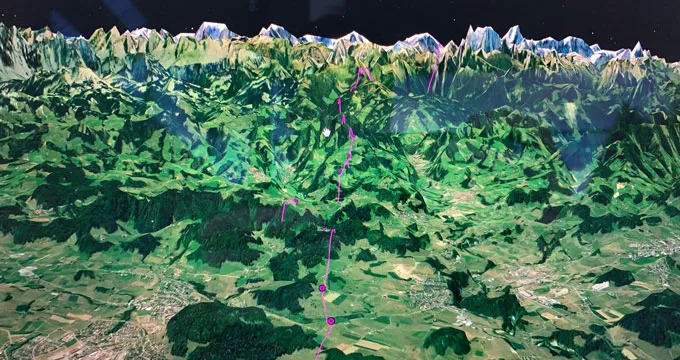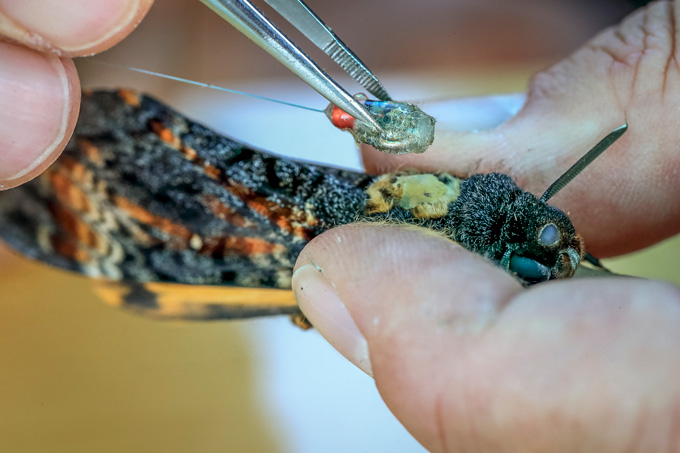How death’s-head hawkmoths manage to fly straight for miles in the dark
The nocturnal insects appear to chart flight paths with the help of an internal compass

Ecologists in Germany have revealed the secret navigational skills of the death’s-head hawkmoth (one shown being released after a tiny tracker was placed on its back). All it took was tagging and chasing the nocturnal insects with an airplane.
Christian Ziegler/Max Planck Institute of Animal Behavior







